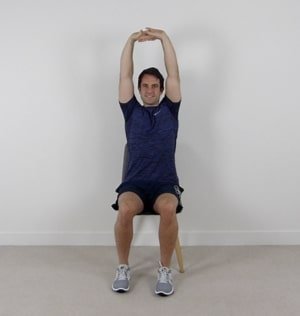Seated Overhead Stretch | Upper Body Stretch for Older Adults
The seated overhead stretch is a gentle chair-based movement that lengthens the arms, shoulders, and upper body.
Performed by interlacing the fingers and reaching the arms upward toward the ceiling, it helps relieve stiffness, improve posture, and increase flexibility for daily activities such as reaching, lifting, and maintaining an upright position.
How to Do the Seated Overhead Stretch Safely
INSTRUCTIONS:
Sit tall in a sturdy chair with feet flat on the floor.
Interlace your fingers and turn your palms upward.
Slowly reach your arms overhead, stretching your hands toward the ceiling.
Keep your shoulders relaxed and chest lifted as you extend upward.
Hold the stretch for 20–60 seconds, then slowly release your arms back down.
TIPS:
Keep your back upright — avoid arching the lower back.
Relax your shoulders away from your ears.
Reach tall through the fingertips to lengthen the spine.
Breathe deeply and steadily as you hold the stretch.
MUSCLES STRETCHED:
Shoulders (deltoids)
Upper back (latissimus dorsi, trapezius)
Chest (pectorals, mild stretch)
Core and spinal muscles (lengthening)
BENEFITS:
Improves posture by lengthening the spine.
Relieves tension in the shoulders and upper back.
Opens the chest and improves breathing capacity.
A gentle full-body reset, especially after sitting for long periods.
BEGINNER VERSION:
Stretch with arms slightly lower if overhead position is uncomfortable.
Hold for 10–20 seconds before building up to longer holds.
PROGRESSION OF EXERCISE:
Hold closer to 60 seconds as mobility improves.
Gently lean side to side while arms are overhead to stretch the sides of the trunk.
Perform while standing for a deeper stretch through the whole body.




